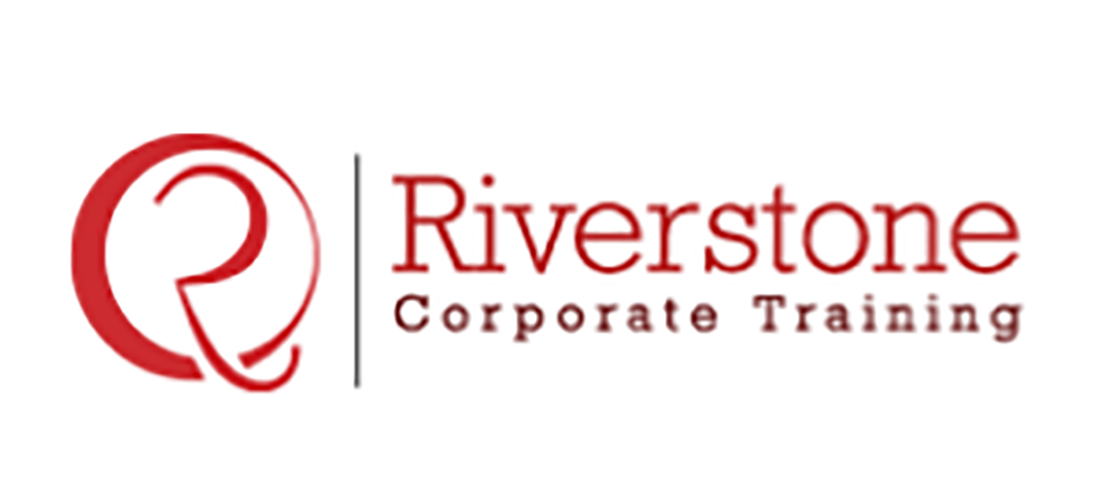
What is the Best Accounting Cycle Process?
Accounting Cycle
The accounting cycle refers to the complete process of identifying, recording, and processing the financial transactions or accounting events of a company. The accounting cycle starts when a transaction occurs and ends with the processing of the transaction in the financial Statement. For professionals and students alike, understanding financial statements for accounting cycle purposes is essential, as the systematic recording of accounting events is one of the primary responsibilities of bookkeepers.

Let us look at the steps of the accounting cycle.
The globally accepted accounting cycle consists of eight steps, which begin with analyzing and entering transactions and culminate in the preparation of final accounts
Step1: Identification of Financial Transactions – Not all business transactions are recorded in the books of accounts. Financial transactions begin the accounting cycle. Transactions can be anything — paying off debt, selling inventory, buying raw materials, purchasing or acquiring assets, making lease payments, or any expenses incurred.
Step2: Recording Transaction in Journal entry — These transactions recorded and tallied in the company journal as debits and credits. Debits occur when the money spent or expenses incurred, and credits happened when payment received or sale or income received. In this ‘dual entry’ bookkeeping process requires simultaneously debiting one or more accounts and crediting one or more accounts.
Step3: Posting — Once transactions recorded in Step 2, it is posted in the general ledger, which contains a summary and breakdown of all the transactions.
Step 4: Draft Trial Balance — At the end of the accounting period, which can be a month, a quarter, or a year, a trial balance is calculated. Ideally, at this stage, Trial balance will have unadjusted accounts, unequal debits and credit balances, etc.
Step 5: Final Trial Balance — In this step, the accountant removes all the discrepancies in the Trail balance, including locate and fix errors, pass adjusting entries, etc. After these adjustments, Trail Balance is finalized
Step 7: Financial statements — With the corrections done, the three financial statements — Income Statement, Balance Sheet, and Cash flows Statement are prepared and finalized. This step is essential for those learning how to understand a balance sheet for beginners and for anyone focused on understanding financial statements for accounting purposes.
Step 8: Closing the Books — Finally, a company closes all ledgers and ends the accounting cycle by closing its books on the last day of the accounting period. Closing books means all the balances are closed while assets and liabilities are carried forward to the next accounting period. Accounting cycle starts over again in the next year, and the company follows all the above eight steps.
Perfecting the Process of Accounting Cycle to Achieve Financial Reporting
It is necessary to master every aspect of accounting cycle, to ensure a perfect financial reporting. The systematic accounting involves taking identification of the financial transactions and gathering the source documents. Every transaction is then carefully captured in terms of recording as journal entry and the entries post to the general ledger. A trial balance is prepared to compare the amount of debit and credit with each other before all important adjustment entries are made, and this results in the final, adjusted trial balance. Lastly, the closing entries ready the accounts of the subsequent period leading to proper financial statements i.e. income statement, balance sheet and cash flow statement. These steps make sure that their accounting principles such as GAAP and IFRS are followed, and are reliable in terms of resources. This process is central to mastering accounting cycle and financial reporting, and it is increasingly being delivered through custom e-learning courses for accounting professionals. In fact, what you learn in a financial management course often begins with mastering these very principles, forming a foundation for more advanced financial analysis and decision-making.
Understanding Accrual Accounting and Adjusting Entries in the Accounting Cycle
Leaving the fundamentals of writing transactions aside, accrual accounting and adjusting entries are important concepts through which proper financial reports can be represented during accounting cycle. In contrast to the cash basis of account, the accrual basis also takes note of revenues as they become earned, and expenses as they become incurred whether or not actual cash has been exchanged. The adjusting entries are then carried out at the end of an accounting period such that revenues and expenses are allocated to the proper period and that the accounts consider the assets and liability balances in their real form. Such entries play a critical role in getting the right adjusted trial balance and eventually correct financial statements giving an expanded and real picture of the financial performance of a company. For professionals seeking to deepen their understanding of these topics, accounting short certification courses for professionals provide a practical and structured learning path.

